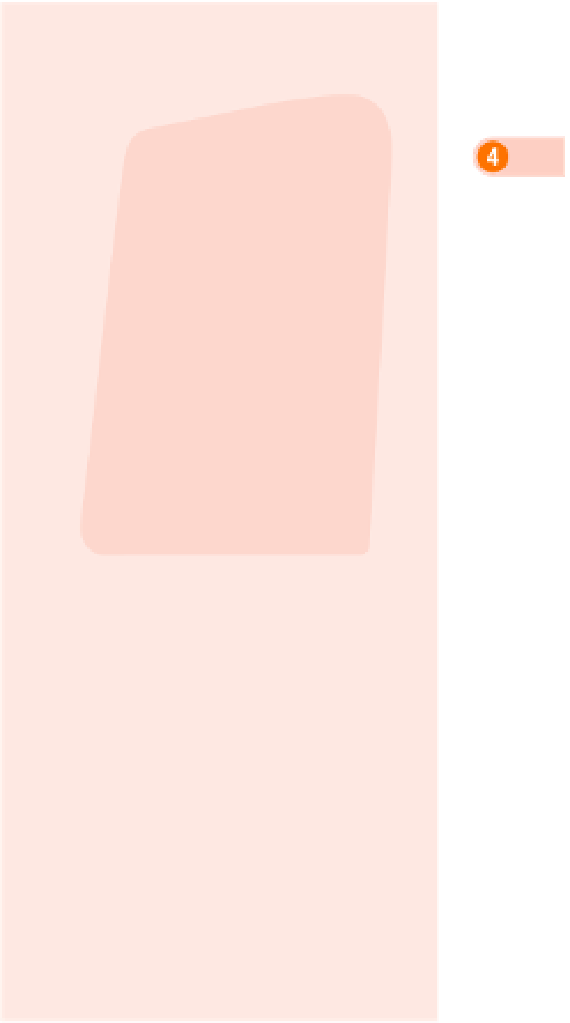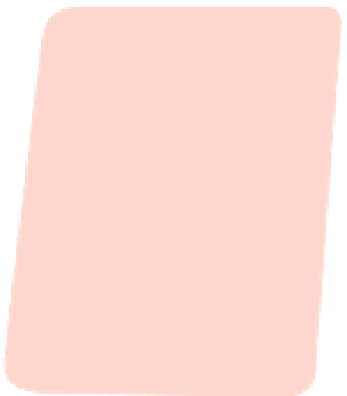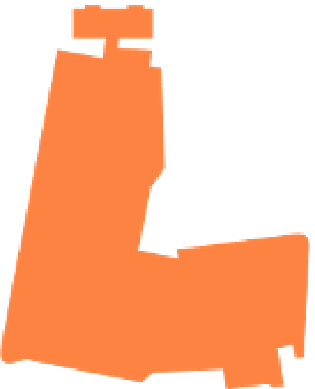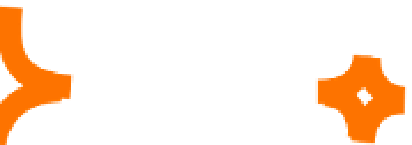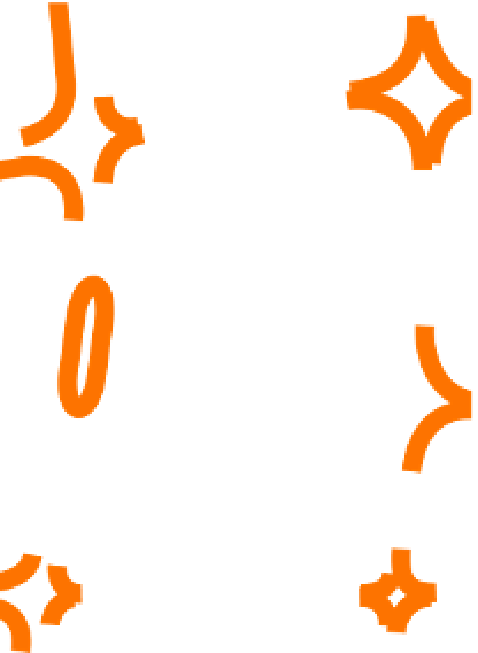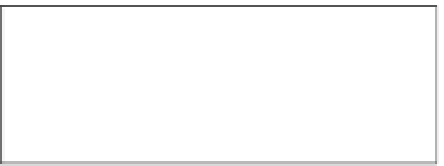Travel Reference
In-Depth Information
as the UME International Cineplex
(see p.133) and a host of luxury
brands, you'll find Xintiandi's best
restaurant,
Crystal Jade
(see p.118).
Shikumen Open
House Museum
The
Shikumen Open House
Museum
(daily 10am-10pm;
¥20), at the bottom end of the
north block, does an excellent job
of evoking early twentieth-century
Chinese gentility. This reconstruc-
tion of a typical
shikumen
is filled
with everyday objects - typewriters,
toys, a four-poster bed and the
like, so it doesn't look as bare as
the “Former Residences” elsewhere
in the city. A top-floor display
details how Xintiandi came about,
admitting that most of it was built
from scratch. A quote on the wall
is perhaps more revealing than was
intended: “Foreigners find it
Chinese and Chinese find it
foreign.”
The First National
Congress of the
Chinese Communist
Party
On the east side of the complex, at
the junction of Xingye Lu and
Huangpi Nan Lu, you'll find, rather
incongruously, one of the shrines of
Maoist China, the
First National
Congress of the Chinese
Communist Party
(daily 9am-
5pm, last admission 4pm; ¥3). The official story of this house is that on July 23,
1921, thirteen representatives of the communist cells which had developed all
over China, including its most famous junior participant
Mao Zedong
, met
here to discuss the formation of a national party. The meeting was discovered
by a French police agent (it was illegal to hold political meetings in the French
Concession), and on July 30 the delegates fled north to nearby Zhejiang
province, where they resumed their talks in a boat on Nan Hu. Quite how
much of this really happened is unclear, but it seems probable that there were
in fact more delegates than the record remembers - the missing names would
have been expunged according to subsequent political circumstances. There's a
little
exhibition hall
downstairs, where relics from the period such as maps,
73

